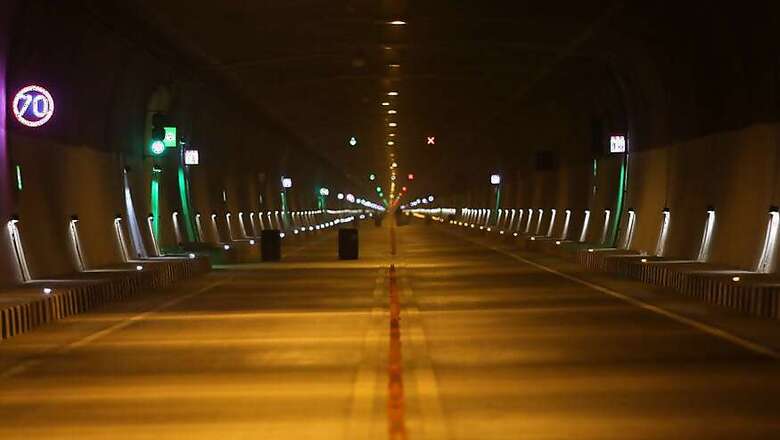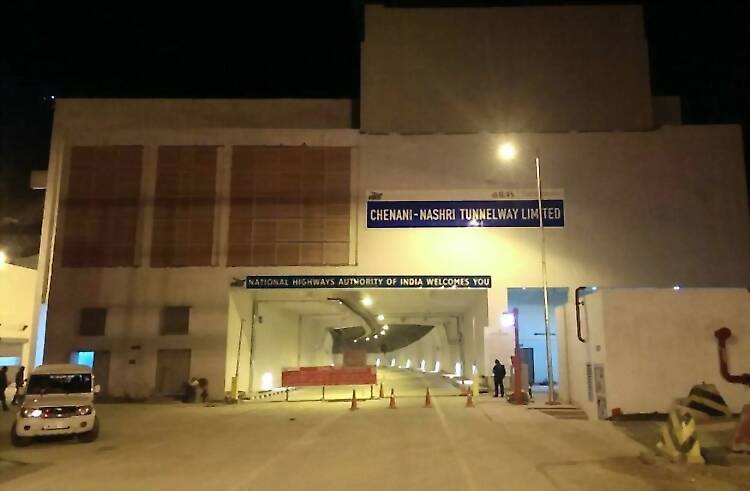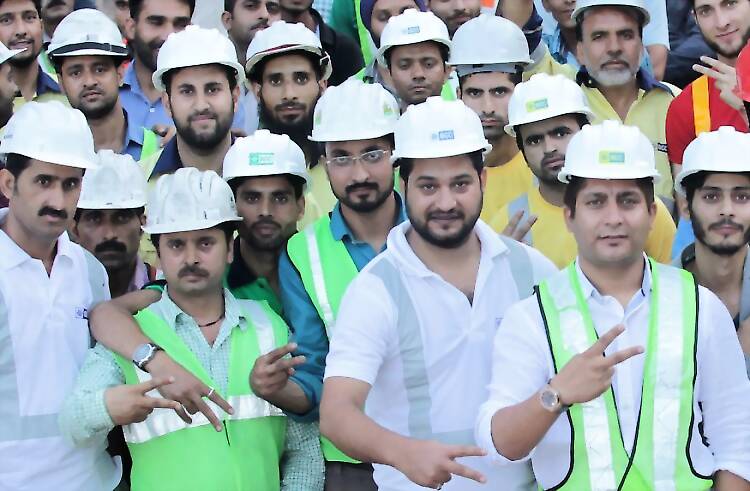
views
Srinagar: India's longest and most modern road tunnel, was unveiled by Prime Minister Narendra Modi on Sunday, could not have seen the light of day had not a young dreamy-eyed local builder chipped in.
Imran Beigh, a 36-year-old Jammu-based budding infrastructure businessman, and his team built half of the 9.2-km Nashri tunnel on the Jammu-Srinagar national highway in a short span of two years.
While services of 20 other construction companies were utilised to make the other half, Beigh could do the remaining in lesser time.
His company set off on the tough mission hours after he got a go-ahead from the contract assigning company, named ITNS - Infrastructure Leasing & Financial Services (IL&FS) Ltd.
The ITNS had to part ways with Lighton Contractors — an Australian company which originally got the contract to construct the tunnel — over some issues.
Beigh, who heads the Beigh Construction Company (BCC), took over from Lighton at the start of 2015 and never looked back.

An eye on the stiff timeline, he set off to finish the job in a short time.
“I was delighted. A super opportunity had come knocking my door. I had little experience then, had done a small portion of Banihal railway tunnel and here I was looking at a god sent opportunity,” he said.
He started with a single boring machine and a few dozen construction workers that included a small team of engineers.
Over a period of two years, he ended up recruiting 1,300 people, 95 percent of them locals, and expanding the fleet of small and big machines to 150.
“I got a huge fleet of machines now. A boring machine called boomer costs more than Rs 4 crore and we have five at present besides the pavers, high pressure concrete sprays. We also boast of engineers who have world-class expertise,” he said.

Beigh's men were initially tasked with working on 4.5-km tunnel and then the lining works —packing, fixing and bolstering the tunnel arch with iron grille, steel and cement.
“We took the first blast at North portal on January 7, 2015 and two weeks later from the South portal. Seeing the excavation work, we were subsequently allotted the contract for the lining works,” says Shifak Syed, business developer for BCC.
“For that, we joined hands with a Turkish company. The purpose was to give best exposure to put workforce especially the engineers and technical crew,” adds Beigh.
Beigh ran a hospitality business in Australia after completing his higher studies. Sensing there was potential in infrastructure building in Jammu and Kashmir, he shifted to Jammu and set up the construction company. Success followed.
From an asset base of a crore to a turnover of Rs 230 crore in the last three years, the company has gone from strength to strength.
“We are the only company in the state to dig tunnels and we are growing. We have bagged a contract for doing a 44-km stretch highway in Maharashtra. It is called Amravati-Chickli project,” Beigh told CNN-News18.
The 13-metre wide tunnel will cut the distance of strategic Srinagar-Jammu National Highway by 30 km. It will bypass the snow-laden Patnitop pass and the mudslide prone stretch near Nashri and save the commuters from the pain of going through a two-hour tiring, risky and circuitous drive.

Built at a cost of Rs 3,720 crore, the tunnel will mark the country's debut in adopting the integrated tunnel control system (ITCS).
The ITCS, enjoyed by a few western counties, will ensure automatic control of tunnel lighting, ventilation, communication, fire control and vehicle monitoring.
Parallel to the main one, a smaller diameter escape tunnel for the evacuation of commuters has been built for the safety of passengers.
The two tubes of the tunnel are internally connected through 29 cross-passages (each after a gap of 300 meters) and the escape tunnel will be used exclusively by pedestrians.
There are two ducts in the tunnel — one for fresh air and another for letting out the polluted air. There are CCTVs, fire-fighting equipment and communication systems installed along the route.
A control room will monitor the movement of the vehicles and come to immediate rescue in case of emergency.
There is a proposal to construct more tunnels on the highway to make the route dependable especially during the winters and rainy season when the highway breaks often.
If given a chance, Beigh says the highway can get shorter, reliable and open in sun, rain and snow.
“No dream is too big,” he says, invoking the late APJ Abdul Kalam.


















Comments
0 comment